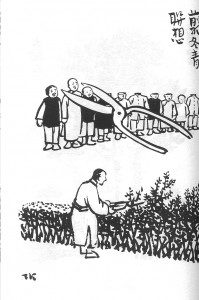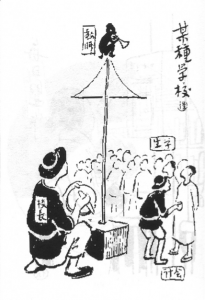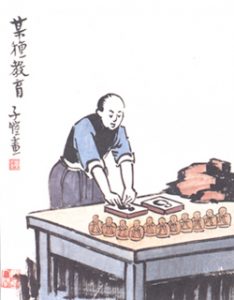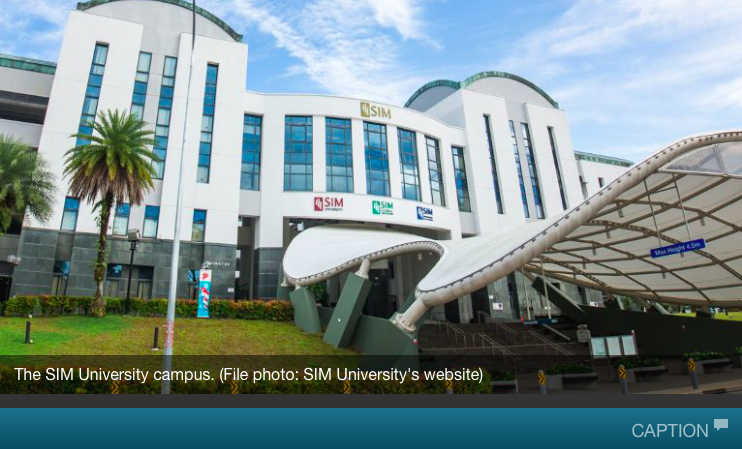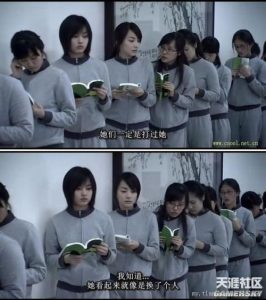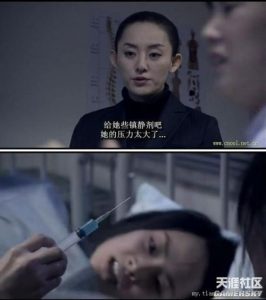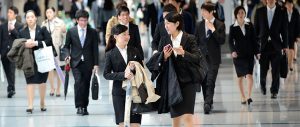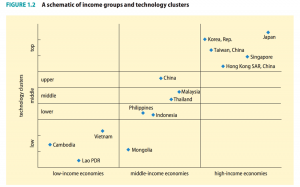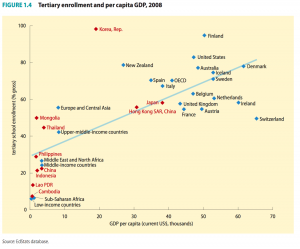Hello, all!
I was glad that everyone really responded to my presentation and questioned a lot today. 🙂
In summary,
Republic of Korea has the highest number of students studying abroad per capita in the world. (By Korean Ministry of Education, 223,908 in 2016, counting only higher education students. And SEVIS by Numbers, 74,817 coming to the US, counting all F&M Visa holders) Many of them mostly study abroad for Bachelor’s and Master’s degree.
The number of students going out is increasing by years gradually.
Major destinations are the US, China, and other Asian countries (Japan, Philippines).
According to SEVIS by Number, only 22% of Korean students study STEM field in the US.
According to Statistics Korea (the government office for statistics), 55% of a social survey respondent said yes to send their children to study abroad, 32% No, and 13% said I don’t know.
Among those 55% yes, the three top reasons why they want to send their children to study abroad is: 1) For nurturing international/cosmopolitan perspective, 2) For my children’s talents (in case of arts, and music), and 3) Because of unsatisfying education system.
And many of student studied abroad do not want to go back to Korea and this cause huge brain drain and education deficit. In response to this, Korean government spent a lot of money and policy for attracting foreign students and colleges and for establishing an education hub in several port cities, but so far nothing worked.
And I looked up the tuition system of Korea since I had no idea and want to add the tuition of several top ranked universities of Korea. The tuition was different by universities, each school within a university, major, how many credit you take per semester and what year you are in. The data is in 2016.
(using exchange rate 1 dollar = 1150 won)
Seoul National University (public) : average $5200 (per year, but it varied a lot from school to school. For example, the liberal arts school was $4400, but the medical school was $8600)
Korea University (private): average $7200 (per year, but this university also varied a lot. For example, the medical school was $10500, the engineering school was $8400, and the school of arts was $7800. But the liberal arts school was $6200. And also, the first year student needed to pay entrance fee of $900.)
Yonsei University (private): average $7800 (per year. It did not vary much among schools, just the medical school was about $10500. The first year student need to pay entrance fee of $860)
Please comment me below if you have any further questions. 🙂
Have a good day!
The actual powerpoint file is here:
Studying Abroad Trends in South Korea-2idklc5
